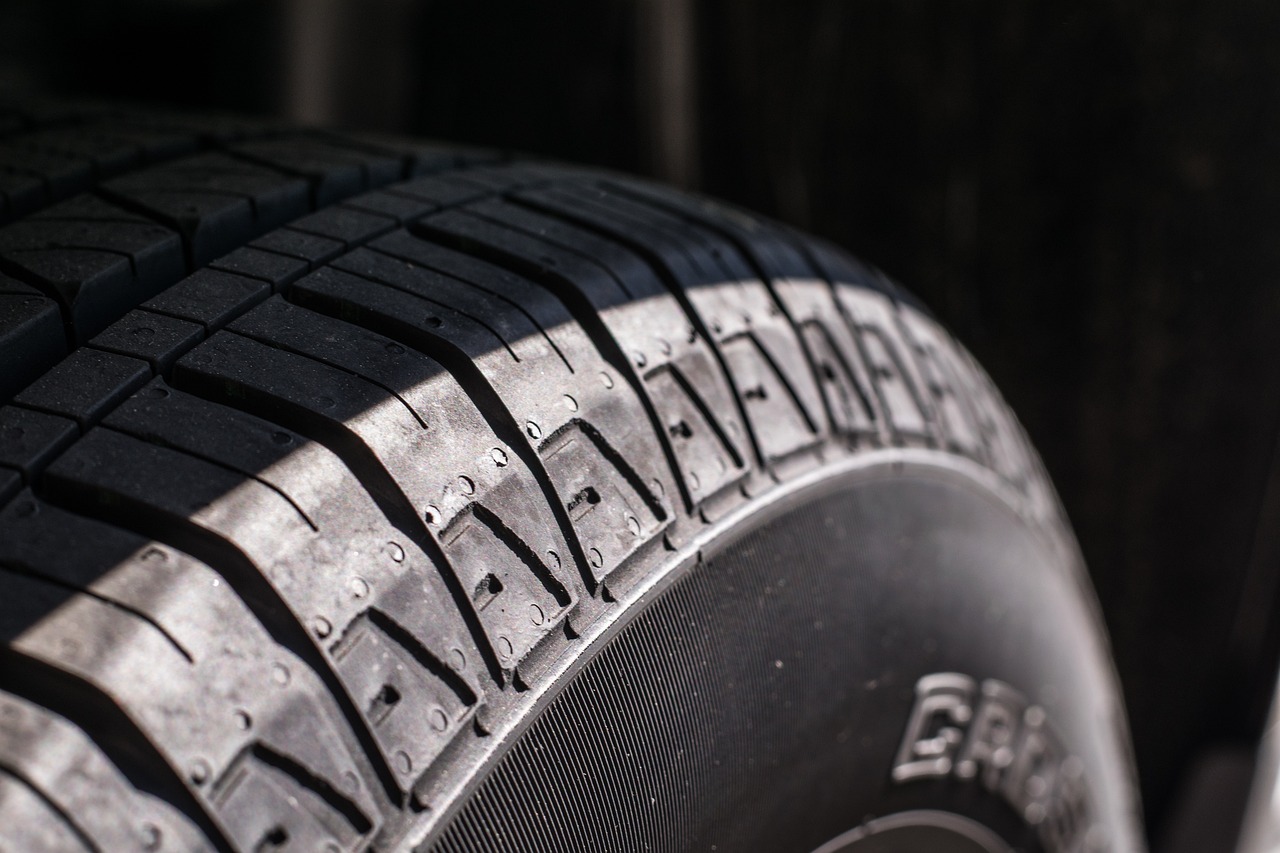
Most car parts cause inconvenience if they malfunction while you’re driving, but tire failure can be catastrophic. For this reason, it’s crucial that drivers keep an eye on their tires and have them replaced promptly when the time comes. Let’s look at six common signs that it’s time to visit your local Hyundai dealership for new tires without delay.
Diminished Tread Depth
Tread depth is a key determining factor of the age and condition of a tire. Tires initially have a tread depth of around 10/32 or 11/32 of an inch, which wears down steadily over time and usage.
It becomes unsafe to drive on tires with 2/32 of an inch or less in tread depth. During winter, when roads are icy and slippery, it’s better to replace your tires long before the treads reach 2/32 of an inch.
Strange Vibrations
Drivers become used to their car’s normal vibrations from driving on various road surfaces. If you notice the road vibrations becoming inexplicably rougher, your tires may be uneven or somehow damaged. Check them for signs of excessive wear and tear.
Large Sidewall Cracks
The sidewalls of car tires become cracked over time as chemicals, water, UV rays in sunlight, or extreme weather conditions dry the rubber out. While inspecting your tires, if you notice the cracks starting to become larger and longer, it may be time to buy new, sturdier tires.
Signs of Dry Rot
Dry rot can take hold in tires that are regularly exposed to harmful conditions and substances. Dry rot makes the tire rubber brittle, rigid, and more susceptible to cracks and punctures.
Even a new set of tires can become structurally unsound when dry rot sets in. If your tires ever lose their ordinary coloration and fade to gray, you may have a dry rot problem on your hands.
Blistering Tire Rubber
Impacts with potholes or curbs can cause a tire to blister and bubble. Blistering may indicate damage to the exterior layer of rubber, or it may have been caused by an internal layer rupturing and leaking air that became trapped under the upper layer. Either way, a blistered tire is no longer safe to drive on.
Continually Low Pressure
If your car’s Tire Pressure Monitoring System keeps informing you that a particular tire is under-inflated despite the fact that you keep re-inflating it, that tire may have a hidden puncture. A technician may be able to locate and repair the puncture, or the tire may need to go.
Visit Mike Kelly Hyundai today to have your tires checked, rotated, or replaced by qualified technicians. Since 1962, we’ve been helping the drivers of Butler, PA, and the surrounding region with their various vehicle purchasing and servicing needs.
Image via Pixabay


